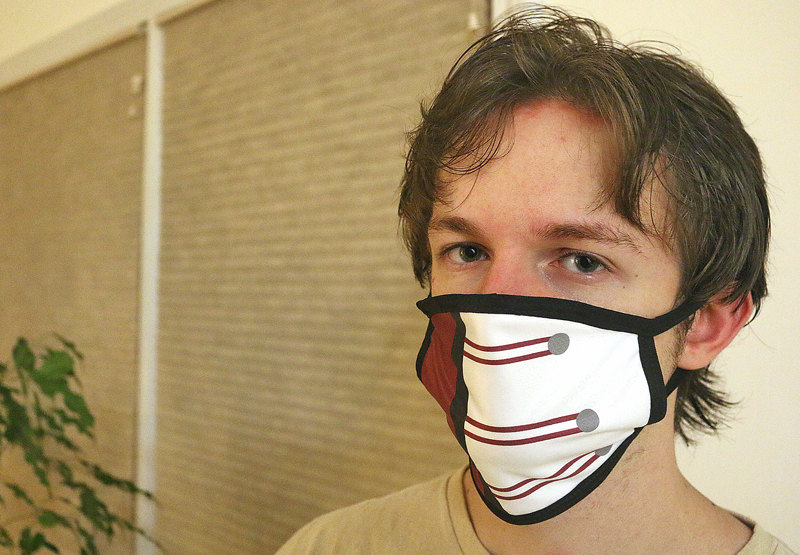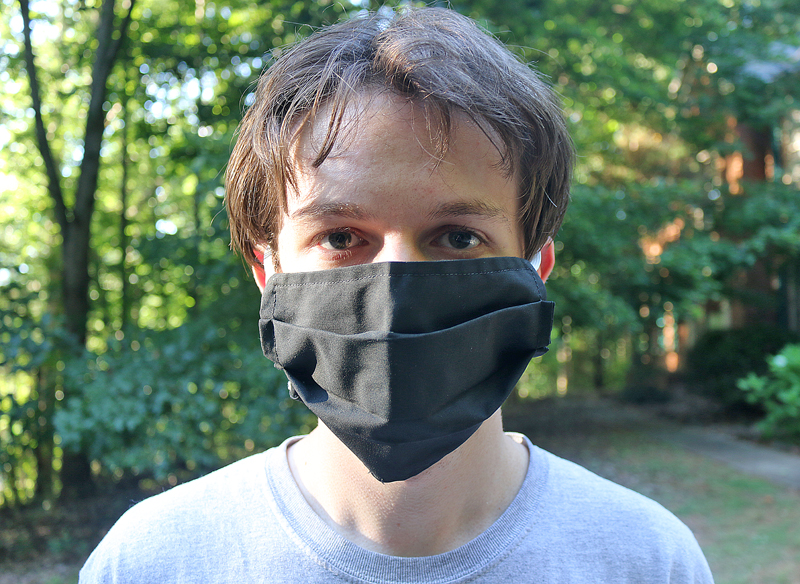Effective as of Monday, February 1, 2021 at 11:59 in the evening, travelers will be required to wear masks on all public conveyances when traveling into, within, or out of the United States — and that includes while in or on the premises of a transportation hub — according to an official order which was issued by the Centers for Disease Control and Prevention of the United States on Friday, January 29, 2021.
Masks Must Be Worn While Traveling: Mandatory Order by The Centers for Disease Control and Prevention

The wearing of masks by travelers is to prevent and mitigate the spread of the 2019 Novel Coronavirus. Operators of public conveyances — such as airplanes, ships, ferries, trains, subways, buses, taxis, and vehicles of ride sharing services — must require all persons who are being transported to wear masks during the boarding process, disembarkation process, and for the entire duration of actual travel. Operators of transportation hubs must require all persons to wear a mask when entering or on the premises of a transportation hub.
Additionally, the operators — such as members of flight crews, drivers, conductors, and other workers who are involved in the operation of public conveyances — must also comply with the official order. The operators of transportation hubs — such as airports, bus terminals, ferry terminals, train stations, subway stations, seaports, ports of entry, or any other area which provides transportation in the United States — must also comply with the official order.
Attributes of face masks and cloth coverings for the nose and mouth which are needed to fulfill the requirements of the order include:
- A properly worn mask completely covers the nose and mouth
- Cloth masks should be made with two or more layers of a breathable fabric that is tightly woven — for example, fabrics which do not let light pass through when held up to a light source
- Mask should be secured to the head with ties, ear loops, or elastic bands that go behind the head — and if gaiters are worn, they should have two layers of fabric or be folded to make two layers
- Mask should fit snugly but comfortably against the side of the face
- Mask should be a solid piece of material without slits, exhalation valves, or punctures

The following attributes are additionally acceptable as long as face masks and cloth coverings for the nose and mouth meet the aforementioned requirements:
- Masks can be either manufactured or homemade
- Masks can be reusable or disposable
- Masks can have inner filter pockets
- Clear masks or cloth masks with a clear plastic panel may be used to facilitate communication with people who are hearing impaired or others who need to see the mouth of a speaker to understand speech.
- Medical masks and N-95 respirators fulfill the requirements of the order

The following do not fulfill the requirements of the Order.
- Masks worn in a way that does not cover both the mouth and nose
- Face shields or goggles — although they may be worn to supplement a mask which meets the aforementioned required attributes
- Scarves, ski masks, balaclavas, or bandannas
- Shirt or sweater collars — turtleneck collars as one of many examples — pulled up over the mouth and nose.
- Masks made from loosely woven fabric or that are knitted, i.e., fabrics that let light pass through
- Masks made from materials that are hard to breathe through — such as vinyl, plastic, or leather as three of many examples
- Masks containing slits, exhalation valves, or punctures
- Masks that do not fit properly — large gaps, too loose, or too tight as three of many examples
Summary

Additional guidance pertaining to the use of face masks and cloth coverings for the nose and mouth to slow the spread of the 2019 Novel Coronavirus is available by the Centers for Disease Control and Prevention of the United States…
…and the guidance of the aforementioned order will be updated as needed by the Centers for Disease Control and Prevention.
People have been wearing face masks and cloth coverings for the nose and mouth while traveling already due to restrictions which were issued by individual airlines and other operators of public conveyances — but I believe that anyone who does not wear a face mask or cloth covering for the nose and mouth will likely refuse to wear one after the order officially becomes effective…
…and as far as the enforcement of such an order: all that can likely be done is that a person who refuses to wear a face mask or cloth covering for the nose and mouth may simply be denied boarding on the public conveyance, may be forced to leave the public conveyance, may be refused permission to enter the premises of the transportation hub, or may be evicted from the premises of the transportation hub.
As for whether this order will actually help prevent or mitigate the spread of the 2019 Novel Coronavirus pandemic remains to be seen…
All photographs ©2020 by Brian Cohen

